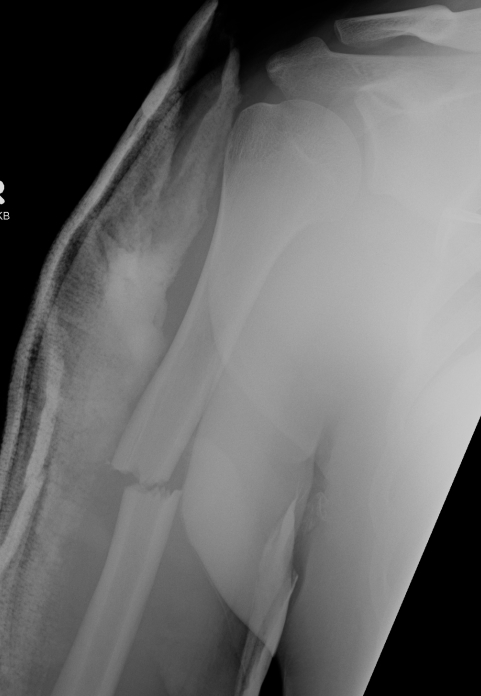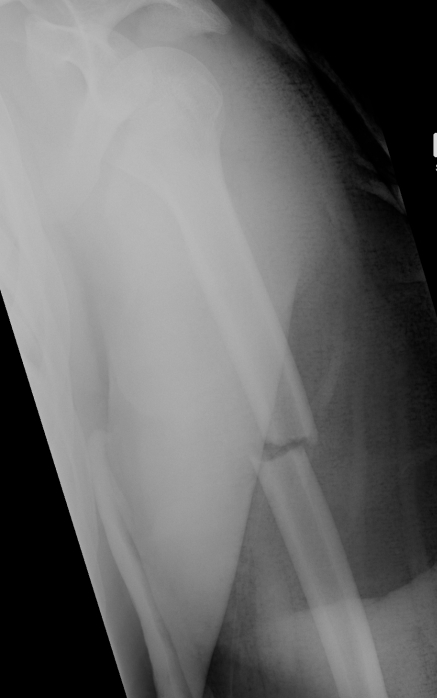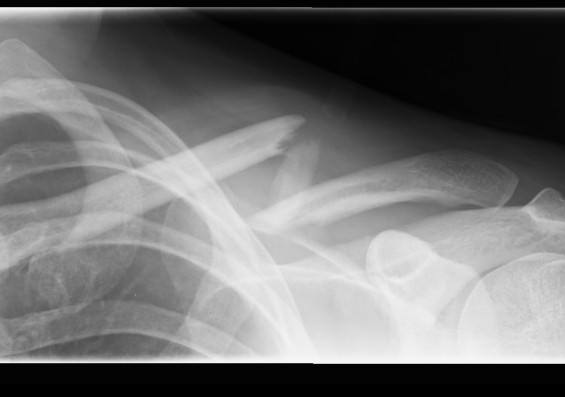Medial Epicondyle / Condyle Fracture
Medial Epicondyle
Ossification
Apophysis appears around 7 years
Ossifies age 16 years
Normal apophysis may be some distance from shaft
- rarely may be fragmented
Aetiology
![]()
Dislocation
Apophysis appears around 7 years
Ossifies age 16 years
Normal apophysis may be some distance from shaft
- rarely may be fragmented
![]()
Dislocation
2 groups
1. Elderly
- low velocity injury
- osteoporotic
- need to start bisphosphonates
2. Young patients
- high velocity injury
Distal Radius Angles
- radial volar tilt 11°
- radial inclination 22°
- radius is 11 mm longer than ulna
- ulna variance 2mm positive on average
< 20o sagittal
< 30o coronal
< 3 cm of shortening



Usually a direct blow
- less commonly a fall on the outstretched hand
RTA / sporting accidents commonest causes
Can be pathological as a result of radionecrosis
- eg following radiotherapy for breast cancer.
Fractures of the clavicle are common
Natural History of ACL deficient knee is variable
- functional instability 15% - 90%
- progression to OA is variable
Depends on level of patient demands / activity
1. Late meniscal injury in ACL deficient knee
15-25%
2. Function
Daniels Am J Sports Med 1994
- 292 ACL defecients knees